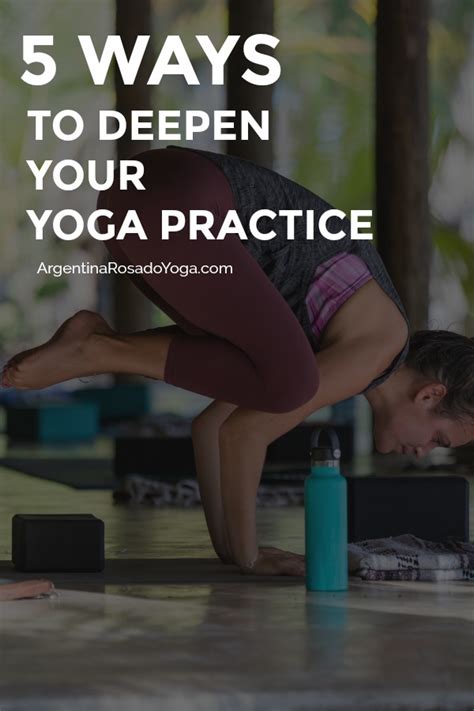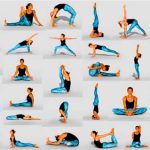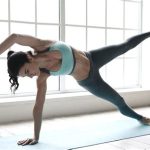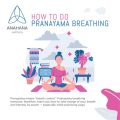Mastering Pose Refinement: 5 Proven Techniques to Deepen Your Practice
As yoga practitioners progress, one of the most common goals is deepening poses. Whether you’re looking to enhance flexibility, strength, or mindfulness, refining your poses can transform your practice. While experience plays a crucial role, incorporating specific strategies into your routine can significantly accelerate improvement. Here, we explore five proven techniques that will help you deepen your poses, making your practice more fulfilling and effective.
1. Understand Your Body’s Alignment
Alignment is the foundation of any pose. By focusing on proper body alignment, you set yourself up for success while reducing the risk of injury. Each individual’s body is different, so understanding what alignment works best for your anatomy is key to deepening your poses.
- Key Concept: Alignment ensures the body works in harmony, allowing muscles and joints to perform optimally.
- Tip: Use props such as blocks or straps to support alignment and help you gradually move into deeper versions of poses.
- Example: In Warrior II, ensure your knee is directly over your ankle and your back foot is rooted firmly into the ground. This stable foundation lets you sink deeper into the pose while maintaining balance.
Common Misalignments and How to Fix Them
| Pose | Common Misalignment | Correction |
|---|---|---|
| Downward Dog | Rounded lower back | Engage core and bend knees slightly to lengthen the spine |
| Triangle Pose | Hips tilting too far forward or back | Keep your hips stacked by engaging your core |
| Warrior I | Knee extends beyond ankle | Step your back foot farther to prevent knee strain |
2. Use Controlled Breathing to Deepen Stretches
Breathing is a powerful tool in yoga, and using it consciously can deepen poses significantly. Controlled breathing allows you to relax into the stretch and explore the limits of your flexibility.
- Key Concept: The breath acts as a bridge between the body and mind, allowing practitioners to ease into deeper stretches.
- Tip: Focus on ujjayi breath (victorious breath), inhaling and exhaling deeply through the nose while slightly constricting the throat. This controlled breathing can help maintain focus and extend the duration of challenging poses.
- Example: In Seated Forward Fold, inhale to lengthen the spine, then exhale to fold deeper. Each exhale releases tension, allowing you to move further into the pose.
3. Gradually Build Strength to Support Flexibility
While flexibility is important, strength is equally crucial in deepening your poses. Strength in the right areas provides stability, preventing overstretching and injury. When muscles are strong, they can support joints and balance more effectively, allowing you to move deeper into stretches safely.
- Key Concept: Balance between strength and flexibility creates sustainable depth in poses.
- Tip: Incorporate isometric holds in poses to build strength in muscle groups that support deeper stretches. For example, holding Chair Pose for longer durations strengthens your quadriceps, making deeper lunges and hip-opening poses more accessible.
- Example: In Warrior III, building strength in your standing leg by holding the pose for longer periods will improve your balance and allow you to extend your arms and torso farther forward.
Exercises to Build Strength for Deeper Poses
| Target Muscle Group | Exercise | Application in Yoga |
|---|---|---|
| Core | Plank holds | Improves balance in standing poses like Tree Pose |
| Legs | Wall sits | Enhances stability in lunges and squats |
| Shoulders | Dolphin push-ups | Prepares for deeper backbends and inversions |
4. Implement Progressive Overload in Your Practice
Just like strength training, yoga poses can benefit from the principle of progressive overload. This technique involves gradually increasing the intensity or duration of a pose to encourage deeper engagement. By challenging your body progressively, you allow it to adapt and increase its range of motion.
- Key Concept: Small, incremental challenges to the body result in long-term flexibility and strength improvements.
- Tip: Stay in poses for a few breaths longer than usual or try adding a small resistance band to certain stretches for added intensity.
- Example: In Pigeon Pose, use a block under your front thigh to intensify the hip stretch over time, eventually removing the block as your flexibility increases.
Steps to Apply Progressive Overload in Yoga
- Start with your normal range of motion in a pose.
- Hold the pose longer, adding extra breaths.
- Gradually remove props (if using) to increase intensity.
- Add resistance or adjust alignment to challenge flexibility.
5. Cultivate a Mindful Approach to Deeper Poses
Finally, a mindful approach to yoga is essential for deepening your practice. Rather than forcing your body into a pose, listen to its signals. Mindfulness teaches patience and allows you to progress safely, respecting your physical limits while slowly pushing boundaries.
- Key Concept: Awareness of bodily sensations and mental state helps avoid injury and overexertion, while encouraging steady progress.
- Tip: Incorporate meditation or mindfulness techniques before and after practice to remain focused and present during challenging poses.
- Example: In Half Lord of the Fishes Pose, notice how your body reacts to twists. Use breath to gauge how deep you can go, without pushing past what feels safe.
Mindfulness Practices for Yoga
| Mindfulness Technique | Benefit in Yoga Practice |
|---|---|
| Body Scan | Increases body awareness, helping you adjust your pose as needed |
| Breath Counting | Improves concentration during difficult poses |
| Visualization | Encourages focus and motivation to reach deeper into poses |
Conclusion: Expert Commentary on Pose Deepening
Deepening your yoga poses requires more than just flexibility. It involves a balanced approach that combines alignment, strength, progressive practice, mindful breathing, and mental focus. By integrating these five techniques into your practice, you’ll find greater ease in poses, minimize injury risk, and enhance both the physical and mental aspects of your yoga journey.








